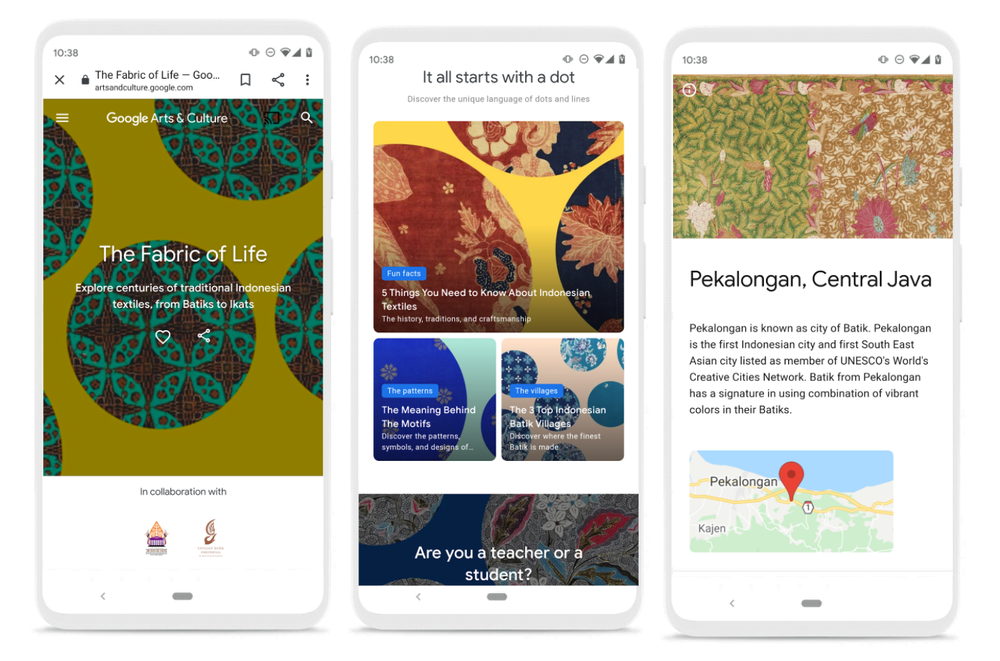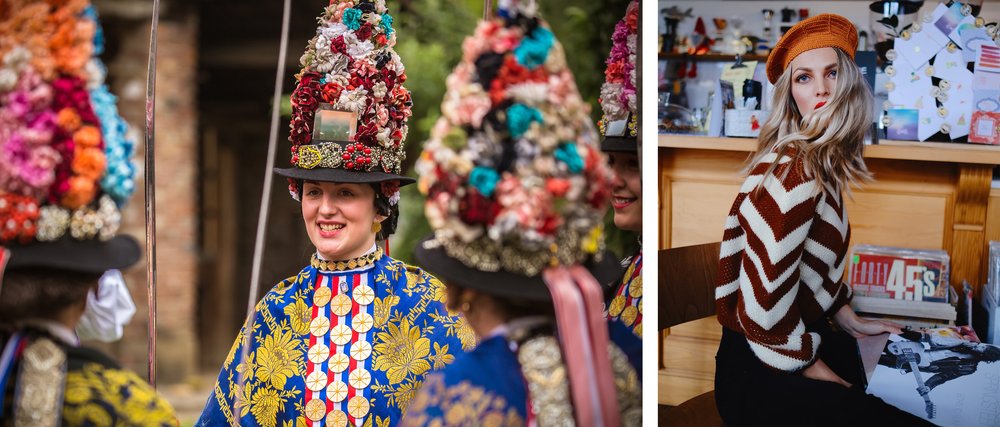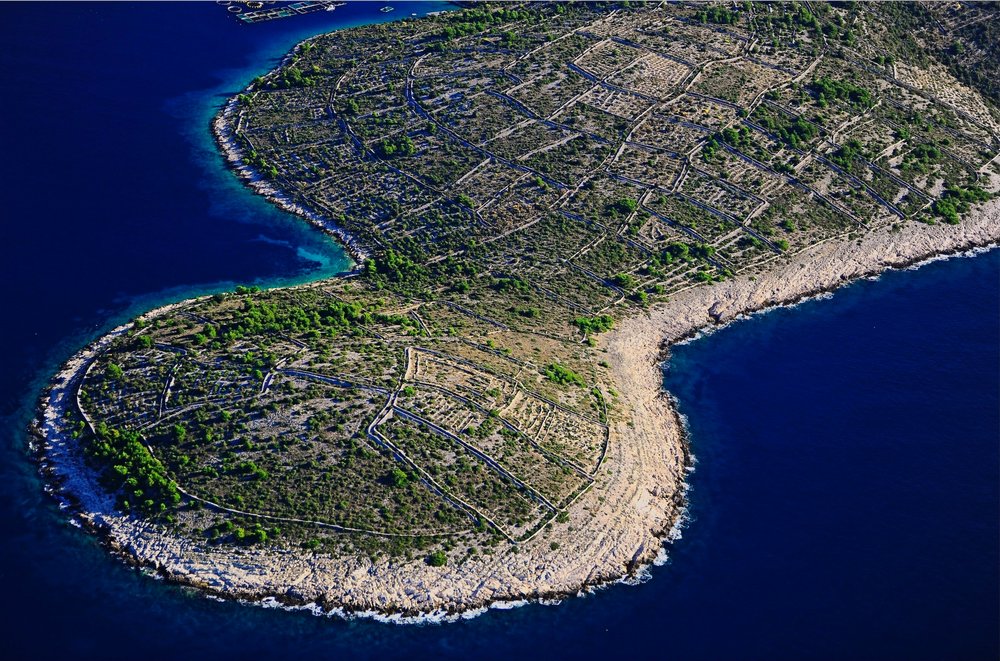Today in Kenya we’re celebrating Mashujaa Day, or National Heroes Day, and honoring the remarkable people who have shaped our nation. We are shining the spotlight on a pantheon of cultural and folk heroes, and how their superpowers continue to be the strength and heartbeat of not only the communities from which they came, but all of Kenya. We need days like these to remind us how our shared heritage and our diversity unites us as people, and it is therefore with great pride that I unveil the second chapter of the online project Utamaduni Wetu: Meet the People of Kenya, created in collaboration with the National Museums of Kenya, Google Arts & Culture and the creative agency Shujaa Stories.
Originally launched in 2019, Utamaduni Wetu: Meet the People of Kenya is Google’s most ambitious digitization project to date in Africa, and one of the first digital content features on the subject of Kenyan communities. Everyone can now explore over 10,600 high-resolution photographs, 170 expert-curated exhibits, 80 Street Views of 16 sites and learn more about the intangible heritage and stories of the country’s 44 communities officially registered by the government. The exhibits shine light on the regions, history, traditions, morals, worldview and wisdom of Kenya’s communities, some of whose stories—usually passed on through oral history—have been written down and shared online for the first time.
Today, on Mashujaa Day, I am delighted to announce that we now have at least one superhero for each of our 44 communities, and I invite you to explore their stories on Google Arts & Culture. Originally conceived by the late Masidza Sande Galavu and Jeff Muchina of Shujaa Stories, the first 21 heroes were unveiled at an exhibition at the National Museums of Kenya and online as part of Utamaduni Wetu: Meet the People of Kenya. Now, thanks to the leadership of Dr. Mzalendo Kibunjia, the Director General of the National Museums of Kenya, a dedicated team of researchers, curators, academics and young creatives has worked to bring 40 more stories to life. They have travelled far to get first-hand knowledge of the communities and passionately researched, documented and illustrated a total of 61 heroes spanning cultures, generations, gender and geography.
The government’s collaboration with Google Arts & Culture has democratised access to Kenya’s rich heritage and enabled more people to discover our culture and human connections in new, exciting and interactive ways. It has also encouraged real-life visits to the country’s museums, monuments and heritage sites.
I encourage you to read each of the stories, and be inspired by the achievements and bravery of each superhero. They are a celebration of the values and the heritage of the peoples of Kenya and of our unity in diversity. I would like to echo the words of the great author Ngũgĩ wa Thiong’o, who said, "The peoples of Kenya have an incredible richness of history and culture. Learning from what we already have, from all the communities, is the way into the world."




